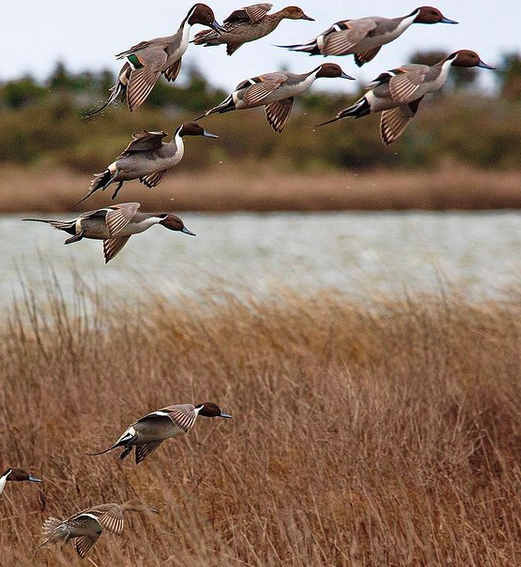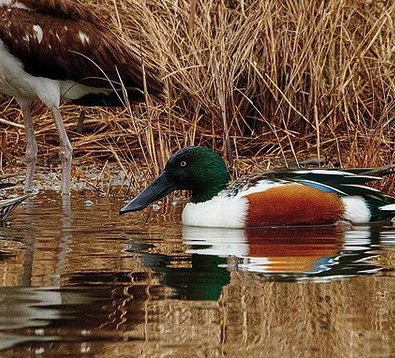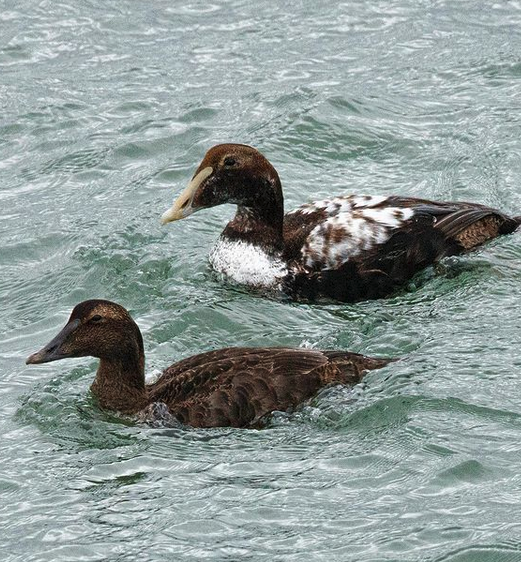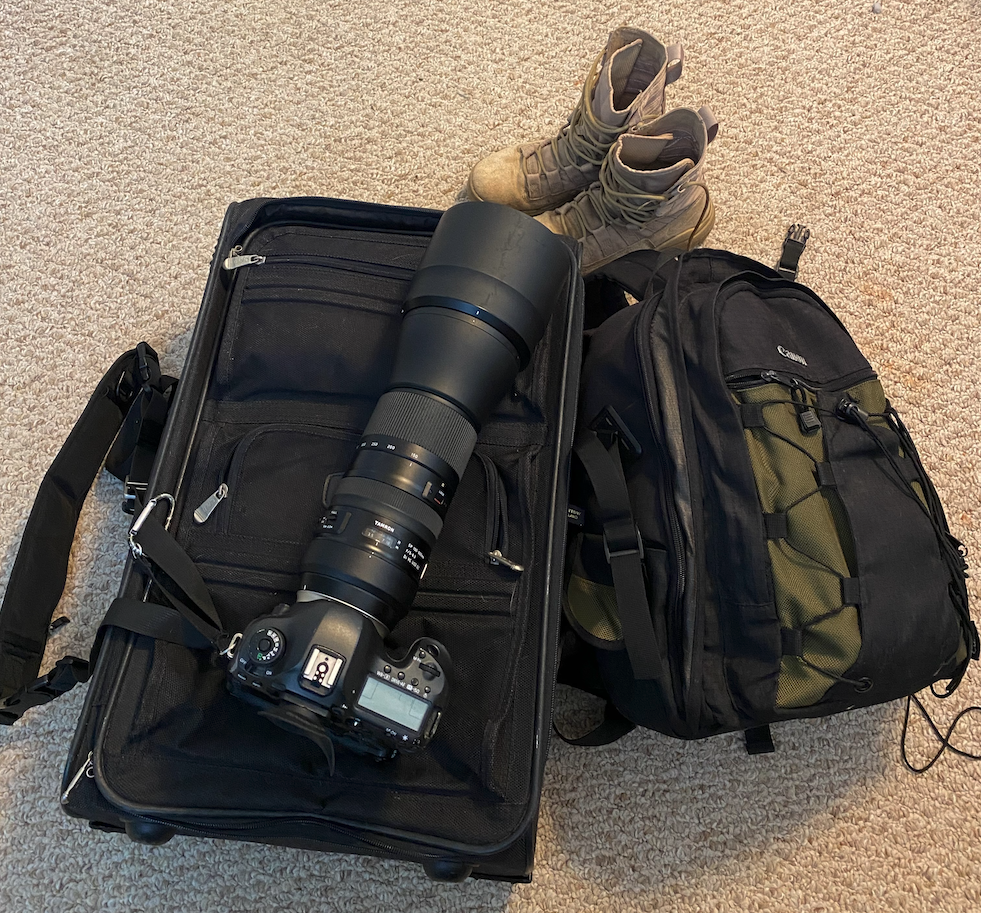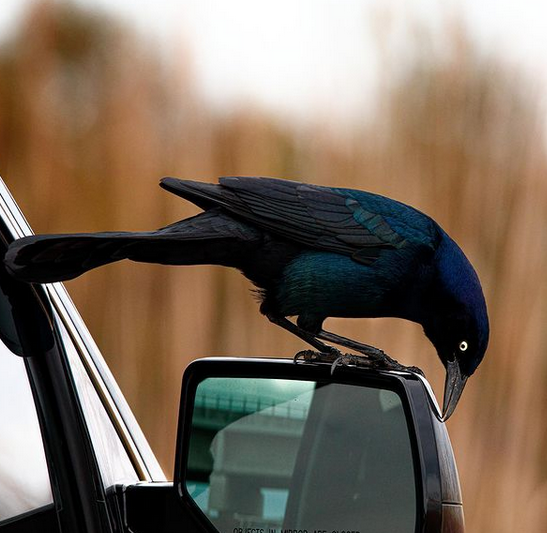Can you feel it?
The cool breeze seeping in under the still warm sun and crisp blue skies.
The leaves starting to lose those vibrant greens in the west, fading ever so gently into muted tones soon to blaze red & gold into brown.
Yes.
Autumn is here in the Carolinas and following on its heels, the most wonderful time of year…
Weird duck season!!!
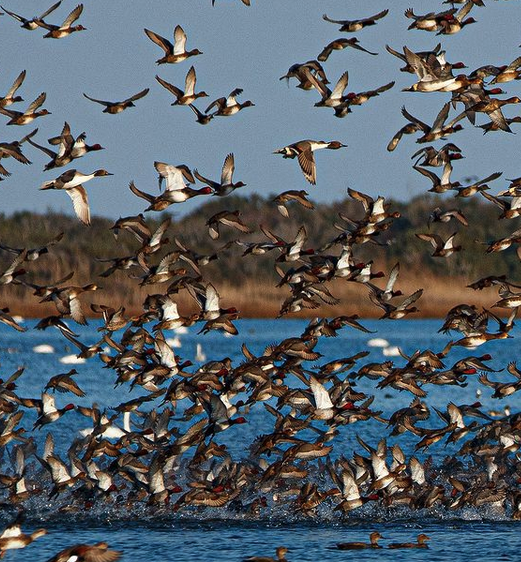
Today we’re all concentrating on the fall migrational movements of Warblers and other songbirds but in my opinion, winter will bring my favorite feathered gems to North Carolina.
Redheads, American Wigeons, Green winged Teal, Blue winged Teal, Snow Geese, Tundra Swans, Canvasbacks, Eiders, Pintails, Northern Shovelers and more waiting to delight us once the weather turns cold.
I’ve made the decision to spend as much time as I can this winter traveling to our coastal counties this winter to photograph and share as many duck species as I can from November to February.
Although I’ve got a pretty good idea of what I can expect to find out there, there’s always the potential to be surprised and delighted by something new floating out there in the water (or something furry hiding in a cornfield, lol!).
Wanna join me?
After all, birding & bird photography is better with friends!
Birders / Photographers of all skill levels are welcome and I’ll be sharing plenty of tips along the way.
Check out the link below for my winter tour schedule to book your date.
https://birdwatchingnc.com/birdwatching-n-c-trips-birding-in-north-carolina/
If you have any questions about the details of my trips shoot me an email anytime.
See ya out there!
-Sally
Photos by @sally_siko of @birdwatching_nc on the mighty @canonusa
#5ds


